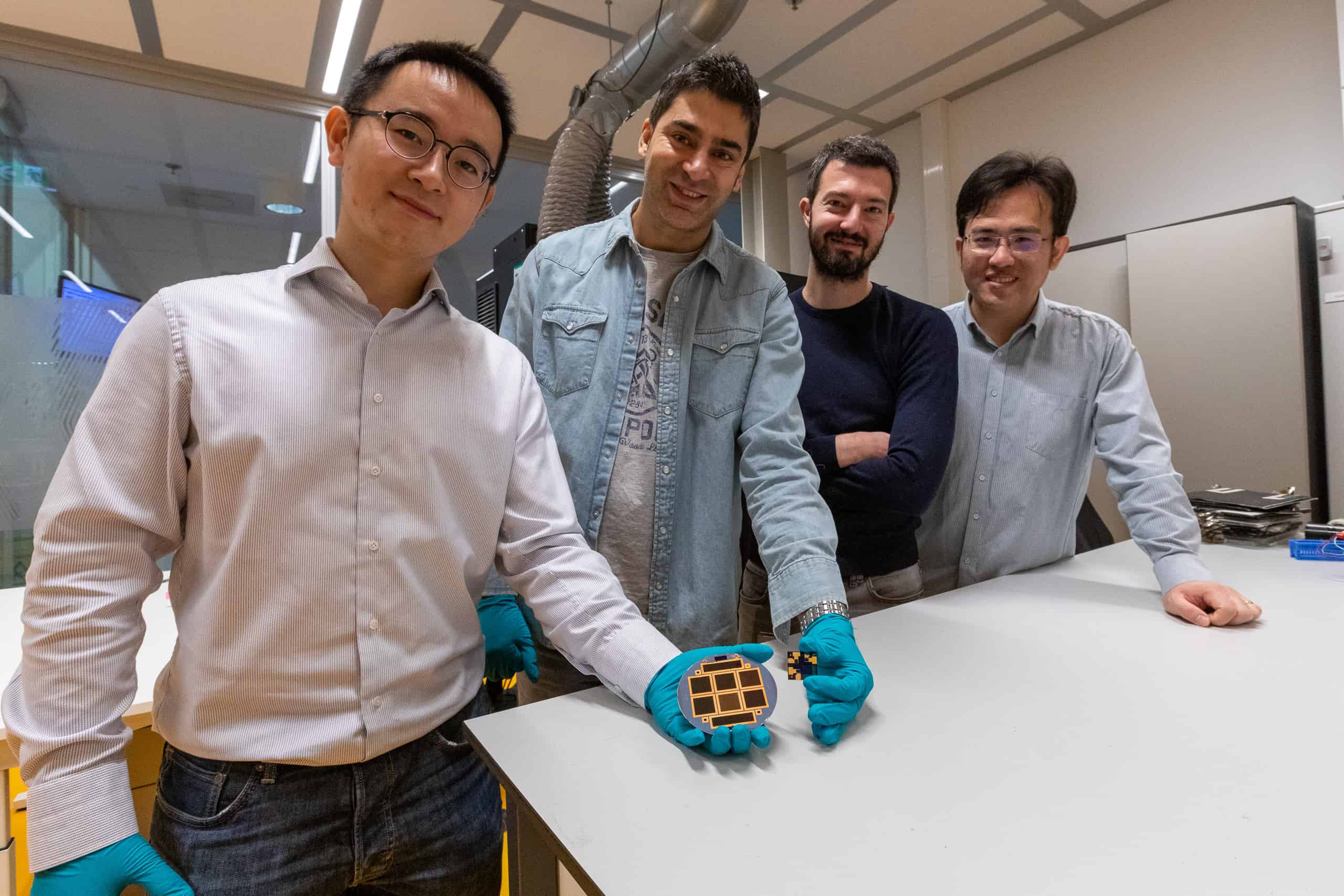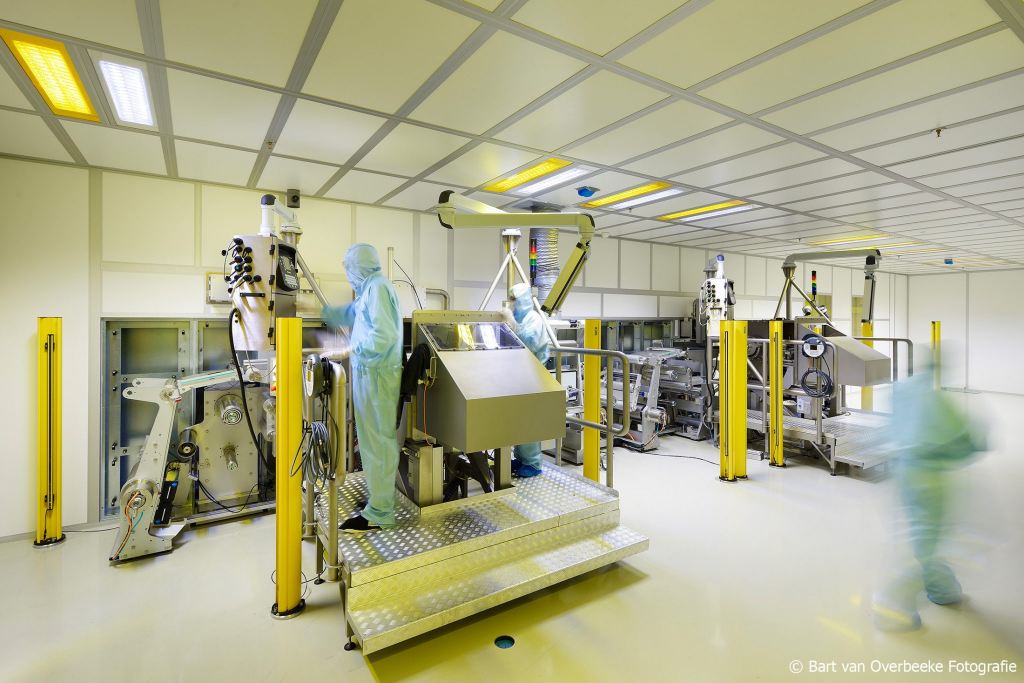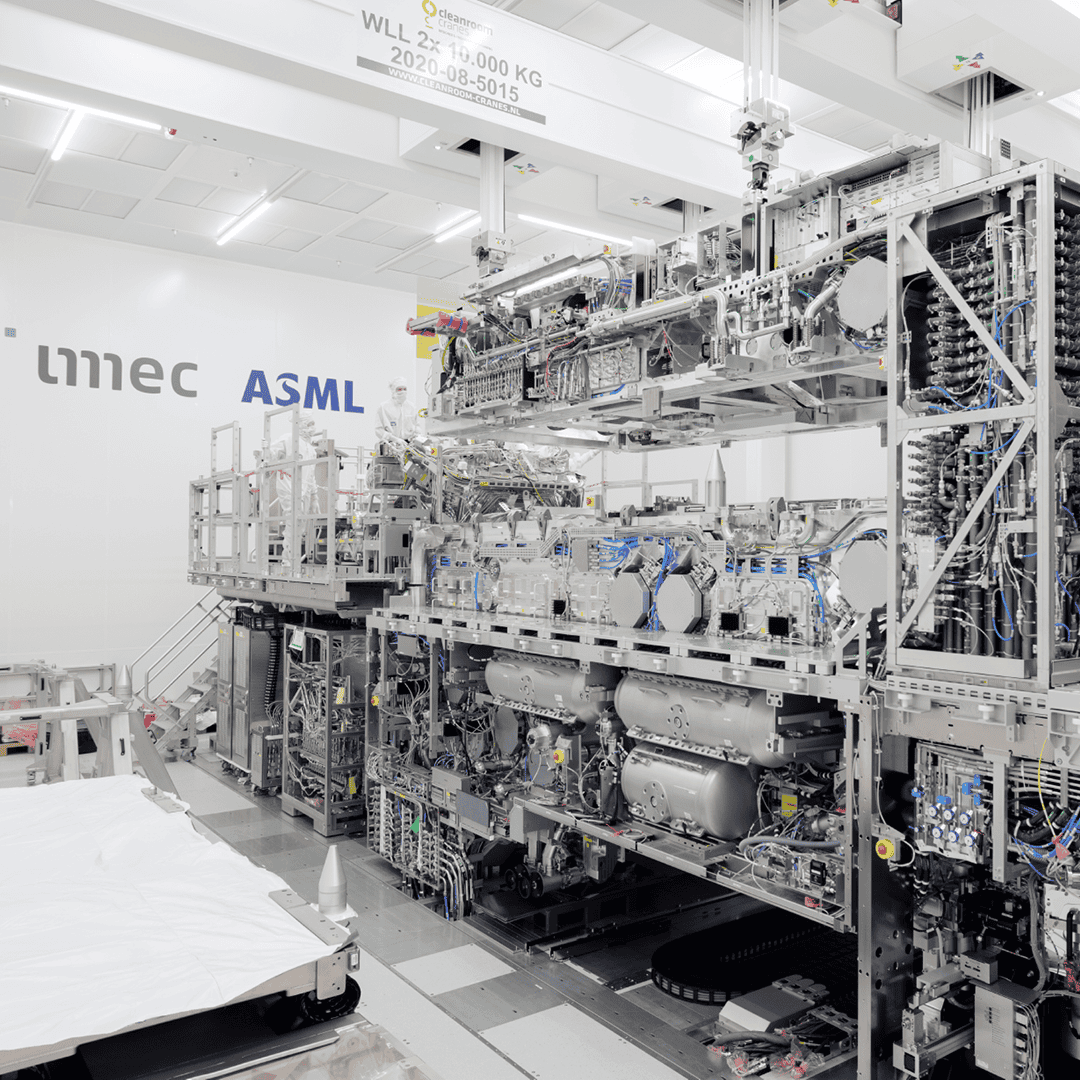
TNO, Technology University of Eindhoven, imec, and the Delft University of Technology, the Netherlands – partners in Solliance – joined forces to further push the conversion efficiency of tandem solar cells beyond the limits of today’s commercial photovoltaic (PV) modules. For the first time, four-terminal perovskite/silicon tandem devices with certified top cells pass the barrier of 30 percent. Such high efficiency enables more power per square meter and less cost per kWh.
The result is presented during the 8th World Conference on Photovoltaic Energy Conversion (WCPEC-8) in Milan and has been achieved by combining the emerging perovskite solar cell with conventional silicon solar cell technologies. The perovskite cell that features transparent contacts and is part of the tandem stack has been independently certified, writes the Delft University of Technology in a press release.
Additionally, achieving high-power density will create more opportunities to integrate these solar cells into construction and building elements, so that more existing surface area can be covered with PV modules. Breaking the 30 percent barrier is therefore a big step in accelerating the energy transition and improving energy security by reducing the dependency on fossil fuels.
The best of both worlds
Tandem devices can reach higher efficiencies than single junction solar cells because of better utilization of the solar spectrum. The currently emerging tandems combine commercial silicon technology for the bottom device with perovskite technology: the latter featuring highly efficient conversion of ultraviolet and visible light and excellent transparency to near-infrared light.
In four-terminal (4T) tandem devices the top and bottom cells operate independently of each other which makes it possible to apply different bottom cells in this kind of device. Commercial PERC technology as well as premium technologies like heterojunction or TOPCon or thin-film technology such as CIGS can be implemented in a 4T tandem device with hardly any modifications to the solar cells. Furthermore, the four-terminal architecture makes it straightforward to implement bifacial tandems to further boost the energy yield.

World’s best efficiency
Researchers from the Netherlands and Belgium have successfully improved the efficiency of the semi-transparent perovskite cells up to 19.7 percent with an area of 3×3 mm2 as certified by ESTI (Italy). “This type of solar cell features a highly transparent back contact that allows over 93 percent of the near-infrared light to reach the bottom device. This performance was achieved by optimizing all layers of the semi-transparent perovskite solar cells using advanced optical and electrical simulations as a guide for the experimental work in the lab,” says Mehrdad Najafi of TNO.
“The silicon device is a 20×20-mm2 wide, heterojunction solar cell featuring optimized surface passivation, transparent conductive oxides, and Cu-plated front contacts for state-of-the-art carrier extraction,” says Yifeng Zhao, a Ph.D. student at TU Delft, whose results have been recently peer-reviewed. The silicon device optically stacked under the perovskite contributes with 10.4 percent efficiency points to the total solar energy conversion. Combined, 30.1 percent is the conversion efficiency of these non-area-matched 4T tandem devices operating independently. This world’s best efficiency is measured according to generally accepted procedures.
Future of four terminal tandem PV modules
This is not all, combining this highly transparent perovskite cell with other silicon-based technologies such as back contact (metal wrap through and interdigitated back contact cells) and TOPCon solar cells has also delivered conversion efficiencies approaching 30 percent. This demonstrates the potential of highly transparent perovskite solar cells and their flexibility to be combined with already commercialized technologies.
These world-best efficiencies obtained on a multitude of incumbent technologies are a further milestone toward industrial deployment. “Now we know the ingredients and are able to control the layers that are needed to reach over 30 percent efficiency. Once combined with the scalability expertise and knowledge gathered in the past years to bring material and processes to a large area, we can focus with our industrial partners to bring this technology with efficiencies beyond 30 percent into mass production,” says Gianluca Coletti, Program Manager Tandem PV technology and application at TNO.
Selected for you!
Innovation Origins is the European platform for innovation news. In addition to the many reports from our own editors in 15 European countries, we select the most important press releases from reliable sources. This way you can stay up to date on what is happening in the world of innovation. Are you or do you know an organization that should not be missing from our list of selected sources? Then report to our editorial team.







